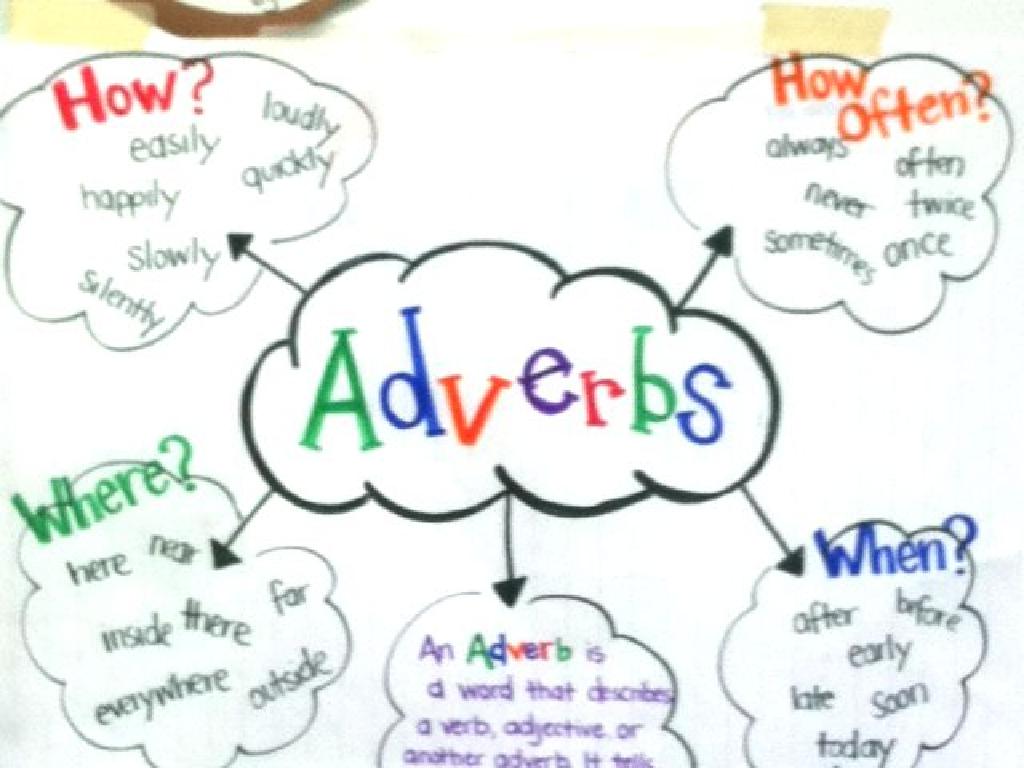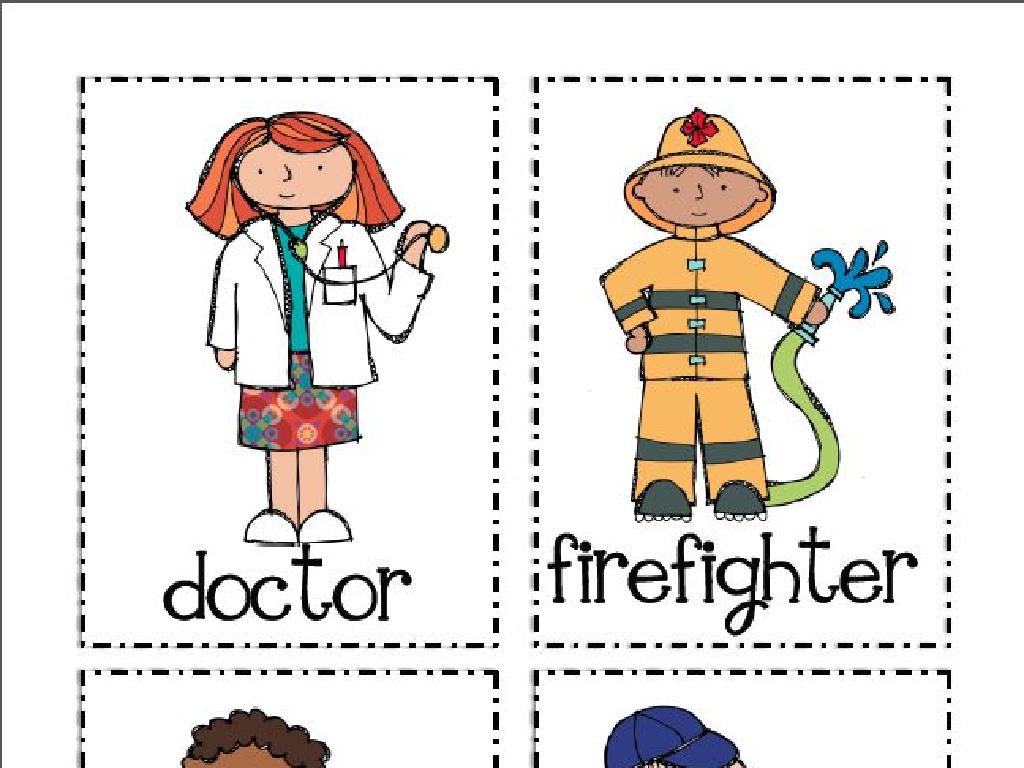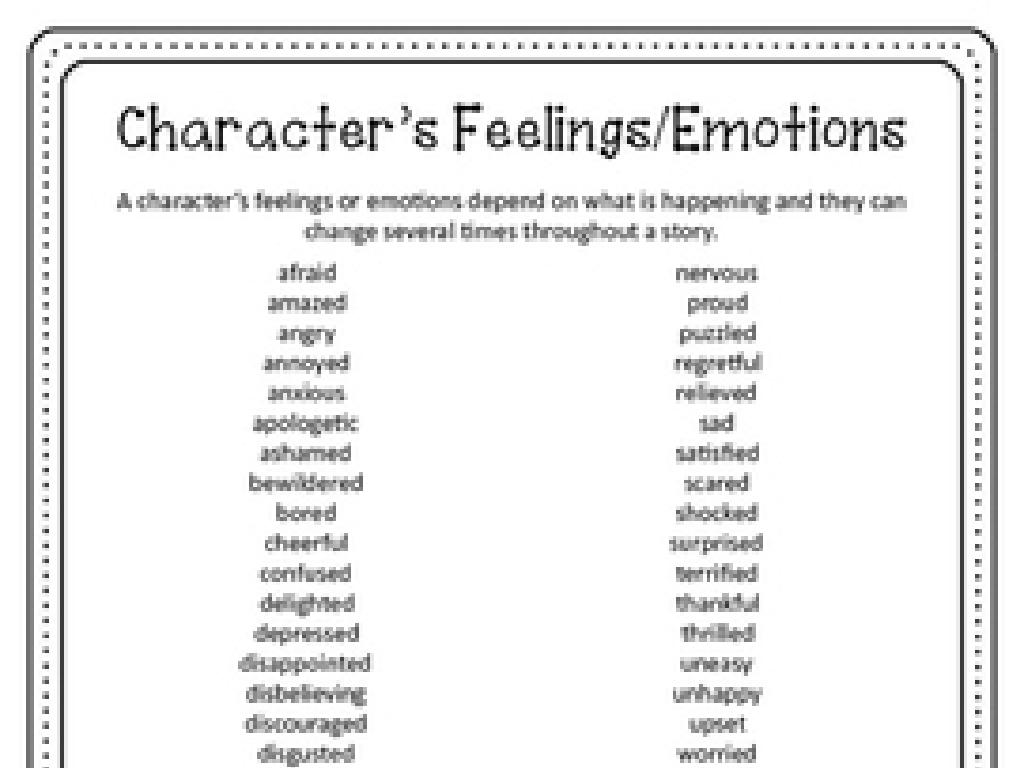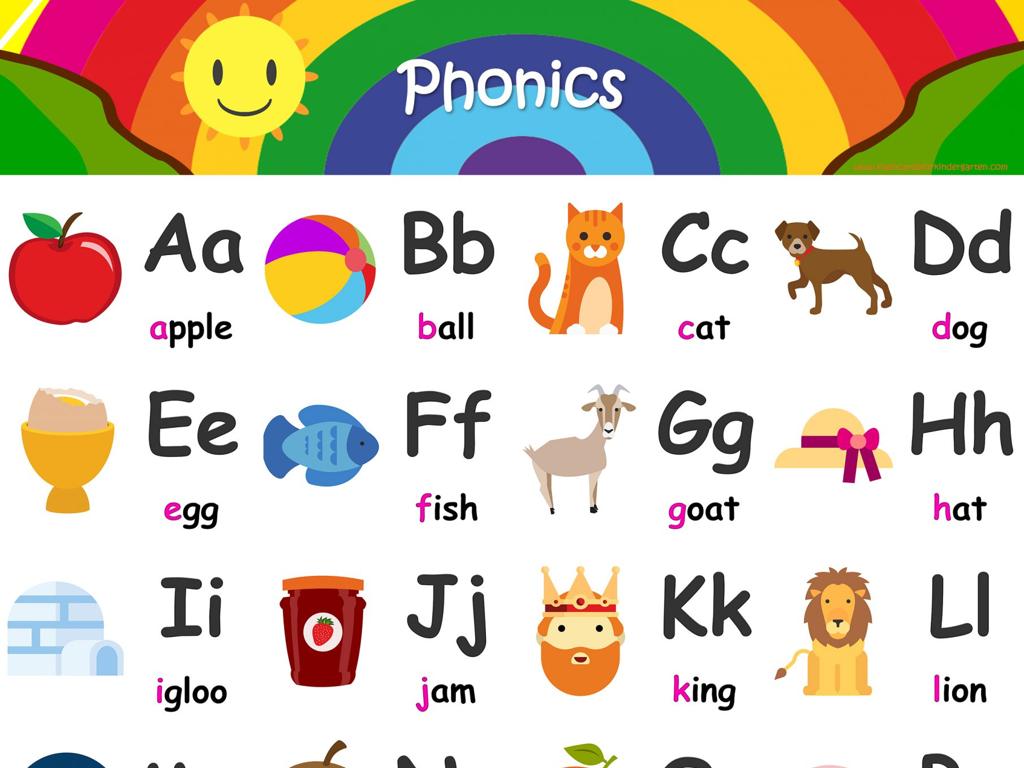Sale Prices: Find The Original Price
Subject: Math
Grade: Sixth grade
Topic: Consumer Math
Please LOG IN to download the presentation. Access is available to registered users only.
View More Content
Finding the Original Price
– Understanding sales and discounts
– Sales reduce prices; discounts are the % off
– Math’s role in smart shopping
– Use math to calculate savings and spend wisely
– Calculating original prices
– Divide sale price by (1 – discount rate)
– Today’s goal: Price before discount
|
This slide introduces students to the concept of sales and discounts in the context of consumer math. It emphasizes the importance of understanding how to calculate the original price of an item before a discount is applied. By dividing the sale price by (1 minus the discount rate), students can find out what the item cost before the sale. This skill is crucial for making informed decisions while shopping and helps students appreciate the practical applications of math in everyday life. Encourage students to bring examples of discounts they’ve seen in stores or online to discuss and calculate the original prices as a class activity.
Understanding Sale Prices
– Define Sale Price
– The reduced price of an item on promotion
– Examples of Sale Prices
– ‘50% off’ tags in stores, Black Friday deals
– Original vs. Sale Price
– Sale Price = Original Price – Discount
– Calculating Original Price
– If a $50 item is 20% off, the sale price is $40. What was the original price?
|
This slide introduces the concept of sale prices, which is the price of an item after a discount is applied. Start by defining what a sale price is and how it differs from the original price. Provide relatable examples that students might see in stores, such as discounts during holiday sales. Explain the relationship between the original price, discount, and sale price, ensuring to clarify that the sale price is always less than the original price. Teach students how to calculate the original price of an item given the sale price and the discount percentage. Use real-world examples and encourage students to solve problems involving finding the original price from the sale price.
Understanding Discounts
– What is a discount?
– A reduction in price on purchases.
– Representation of discounts
– Expressed as a percentage off the original price.
– Calculating discounts
– Subtract the discount value from the original price.
– Finding original prices
– Divide the sale price by (1 – discount rate).
|
This slide introduces the concept of discounts in consumer math. A discount is a reduction in the original price of an item, often used as a sales promotion. It’s typically represented as a percentage, such as 20% off. To calculate the discount amount, multiply the original price by the discount rate. To find the original price from the sale price, divide the sale price by (1 minus the discount rate). For example, if a $50 item is on sale for 20% off, the discount is $10 (50 x 0.20), and the sale price is $40. To find the original price from a sale price of $40, divide $40 by 0.80 (1 – 0.20) to get $50. Encourage students to practice with different scenarios and discount rates to solidify their understanding.
Finding the Original Price
– Learn the original price formula
– Original Price = Sale Price / (1 – Discount %)
– Examples: Sale price and discount
– If a $50 item is 20% off, original price was $50 / (1 – 0.20)
– Common calculation mistakes
– Don’t confuse discount % with sale %; remember to subtract discount from 100%
– Practice problems
|
This slide is aimed at helping students understand how to backtrack from a sale price to figure out the original price of an item before a discount was applied. Start by explaining the formula, where the original price is equal to the sale price divided by one minus the discount percentage. Provide clear examples, such as calculating the original price of an item given its sale price and the discount percentage. Highlight common mistakes, such as confusing the discount percentage with the actual percentage the item is sold for, and emphasize the importance of subtracting the discount from 100%. Conclude with practice problems to reinforce the concept.
Let’s Practice: Finding Original Prices
– Example 1: $50 shirt with 20% off
– Original price before discount applied
– Example 2: $30 video game with 25% off
– What was the price before 25% discount?
– Partner up for problem-solving
– Calculate original prices together
– Use the formula: Sale Price = Original Price – (Original Price x Discount %)
|
This slide is designed as a class activity to practice finding the original price of an item before a sale discount is applied. For Example 1, guide students to understand that if a $50 shirt is 20% off, the discount is $10 (20% of $50), so the original price was $50. For Example 2, students should calculate that if a video game is $30 after a 25% discount, the original price was $40 since 25% of $40 is $10, and $40 – $10 = $30. Encourage students to work in pairs to foster collaboration and discussion. Provide assistance as needed and ensure they understand the formula for calculating the original price. Have a few pairs share their solutions with the class to confirm their understanding.
Real-Life Application: Calculating Original Prices
– Importance of original price
Knowing the original price helps determine if a sale is really a good deal.
– Smart shopping decisions
Helps you become a savvy shopper and save money.
– Activity: Your wish list’s original prices
Choose items you wish to buy, find their sale price and discount, and calculate back to the original price.
– Share findings with the class
|
Understanding how to calculate the original price of an item before a discount is applied is a valuable skill for making informed shopping decisions. It allows students to assess the true value of a discount and determine if they are getting a good deal. For the activity, students will select items they would like to purchase, perhaps from a provided list or their own wish list, and use the discount information to work backwards to find the original price. This practical exercise will help them apply their math skills to real-world scenarios and understand the importance of math in everyday life. Encourage students to discuss their findings and reasoning with the class to foster a collaborative learning environment.
Class Activity: Sale Price Hunt
– Find items online with your group
– Calculate each item’s original price
– Use the sale price and discount to work backwards
– Present your findings to the class
– Discuss any surprising discoveries
– Did you find any items that were a real bargain?
|
This interactive group activity is designed to apply the concept of finding the original price before a discount. Students will work in small groups to search for items online that are on sale. They will use the sale price and the discount percentage to calculate the original price of each item. Afterward, each group will present their items and the original prices they calculated. Encourage a class discussion on any surprises or particularly good deals they found. This will help students understand the real-world application of the math concept they are learning. Possible variations of the activity could include comparing original prices from different stores, finding the biggest percentage discount, or even calculating the savings for each item.
Wrapping Up: Sale Prices & Homework
– Recap of sale price concepts
– Why consumer math matters
– Homework: Real-world item pricing
– Choose any item and imagine a sale discount
– Calculate original prices at home
– Use the formula: Sale Price = Original Price – (Original Price * Discount Rate)
|
Today’s lesson covered how to find the original price of an item when you know the sale price and the discount rate. Understanding consumer math is crucial as it equips students with practical skills for making informed financial decisions. For homework, students should select an item at home, create a hypothetical sale for it, and calculate the original price using the formula provided. This exercise will help reinforce today’s lesson by applying the concepts to real-life scenarios. Encourage creativity in the items they choose and the discounts they apply. Remind them to show their work for full credit and be prepared to discuss their process in the next class.






